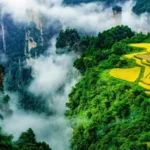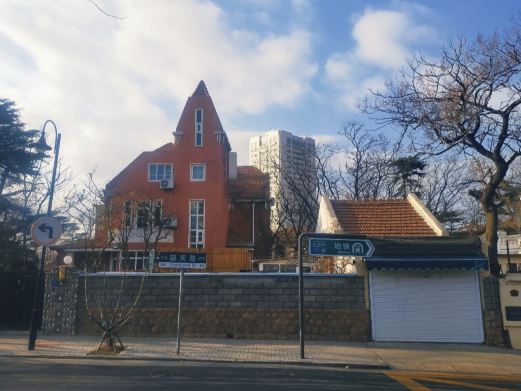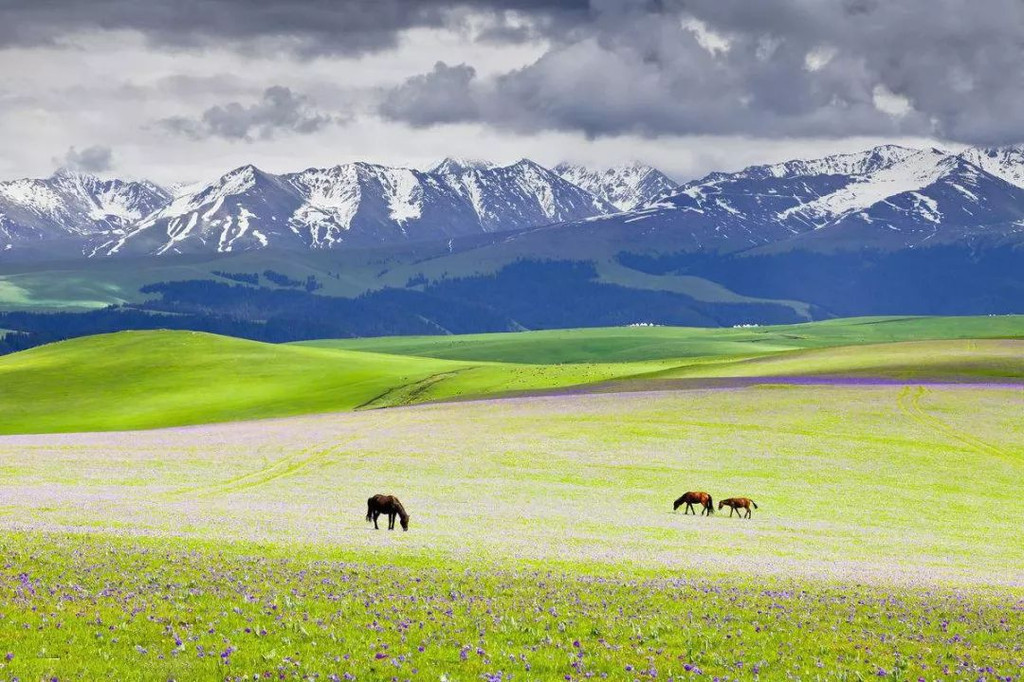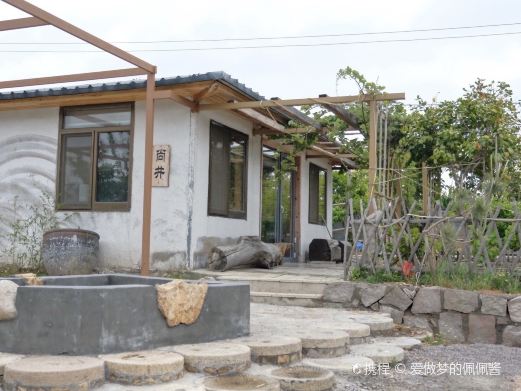The Yecheng Ruins are located in Linzhang County, Handan City, Hebei Province. It is the ruins of the capitals of the Cao Wei, Later Zhao, Ran Wei, Former Yan, Eastern Wei, and Northern Qi dynasties in history. It is composed of two cities, north and south. The northern city of Yecheng was the national capital built by Cao Cao after he was enfeoffed as the King of Wei in 204. After Cao Pi replaced the Han Dynasty and moved the capital to Luoyang, this was used as the northern capital.
Later Zhao, Eastern Wei, and Northern Qi successively made Yecheng their capitals. In 577, when the Northern Qi perished, this city declined. The southern city of Yecheng was built in 538 according to the south wall of the northern city of Yecheng. It was destroyed in the Sui Dynasty. Yecheng is a city with clear functional zoning and rigorous structure, which reflects the urban construction concept of ‘planning first and then construction’. The unique position of the Yecheng Ruins in the history of urban development has always been one of the focuses of historical circles at home and abroad. The Yecheng Ruins are a sample of ancient capital construction in East Asia and have a profound influence on the construction of ancient cities such as Chang’an and Luoyang in later generations in China and even the construction of ancient capitals in East Asian countries such as Japan and South Korea. In January 2012, the Yecheng archaeological team discovered a buried pit of Buddhist statues near the city wall of Yecheng in Beiwuzhuang, Linzhang County. A total of 2,895 stone statues and fragments of the Eastern Wei and Northern Qi dynasties were unearthed. It is the known buried pit of Buddhist statues with a relatively large number unearthed since the founding of New China.Yecheng Ruins
The Yecheng Ruins are located in Linzhang County, Handan City, Hebei Province. It is the ruins of th[...]









